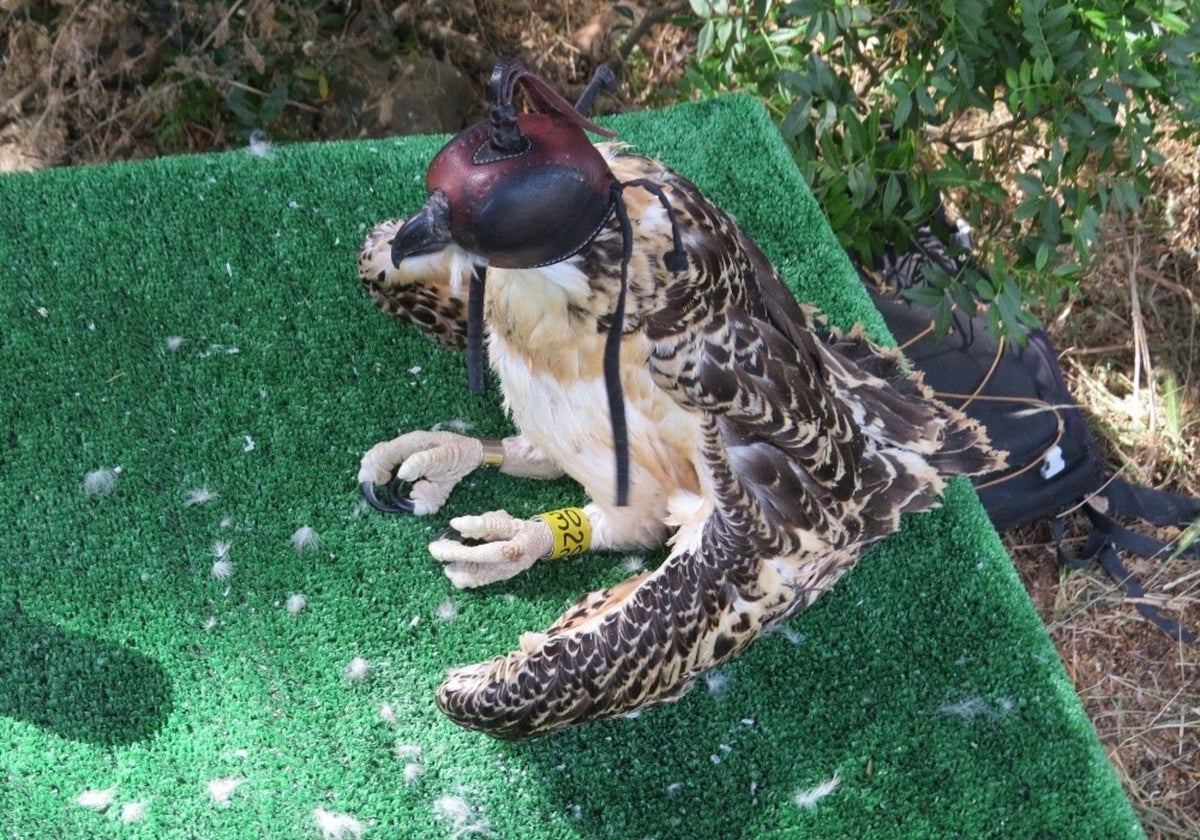The osprey is soaring high again in southern Spain's Cadiz province thanks to a pioneering conservation programme
This species, regarded as extinct in the 1980s, is considered essential to the ecosystem
La Voz de Cádiz
Cadiz
Thursday, 21 August 2025, 21:02
A pioneering conservation programme promoted by the Spanish power giant Endesa, the Junta de Andalucía regional government and the not-for-profit Migres foundation has led to the recovery of the osprey (Pandion haliaetus), a species fundamental to the ecosystem that was considered extinct in the 1980s and which has now managed to increase its population in the province of Cadiz.
This spring, ten pairs of ospreys chose reservoirs in Cadiz province to breed, raising 13 osprey chicks. This number is above average, a great achievement thanks to the abundant rainfall that nearly filled the reservoirs where they breed, said Endesa.
"It's been 20 years since the first pair was established following its reintroduction , after many years of absence in Andalucía due to its extinction", said Carlos Torralvo, the project lead for Migres. He recalled the beginnings of the programme back in 2012, when osprey chicks were brought in from Scotland, Finland and Germany.
The work carried out since then has allowed the osprey population to establish itself. This species selects wetlands to breed and therefore "depends on the good health of these ecosystems", stated Torralvo.
Regarding the chicks born at Barbate reservoir, it was explained that, once identified, the Migres foundation managed to ring 11 of the hatched chicks, two of which were difficult to access.
For the person responsible for the conservation project for this species, this work is "fundamental", as ringing allows us to know their migratory routes to and from here, their survival, causes of mortality in the Andalusian breeding population, where they end up reproducing and with whom. "All of this allows us to better understand the population better and have a positive impact on its conservation," said Torralvo
Ringing
So, getting the timing right for ringing is important because it also allows for a veterinary examination of the chicks and a better awareness of their state of health in case it is necessary to take action for their conservation.
The Migres foundation, in collaboration with the Junta and with the participation of Endesa, has been working for years on the conservation of the osprey species with the objective of achieving a population size that allows for long-term stability without human intervention.
In addition to ringing, Endesa's actions over the years have included environmental education and awareness-raising around the breeding sites to inform the public about the need for conservation and scientific studies to determine the health status of the population, taking appropriate measures if and when necessary. Endesa's work has also involved installing nests at selected sites with camera traps, with which to obtain precise information on various aspects of the species' reproductive biology, feeding, behaviour, disturbances or threats, among other things.

Comentar es una ventaja exclusiva para registrados
¿Ya eres registrado?
Inicia sesiónNecesitas ser suscriptor para poder responder.
Necesitas ser suscriptor para poder votar.